What To Put In Your Compost Bin (And What To Leave Out)
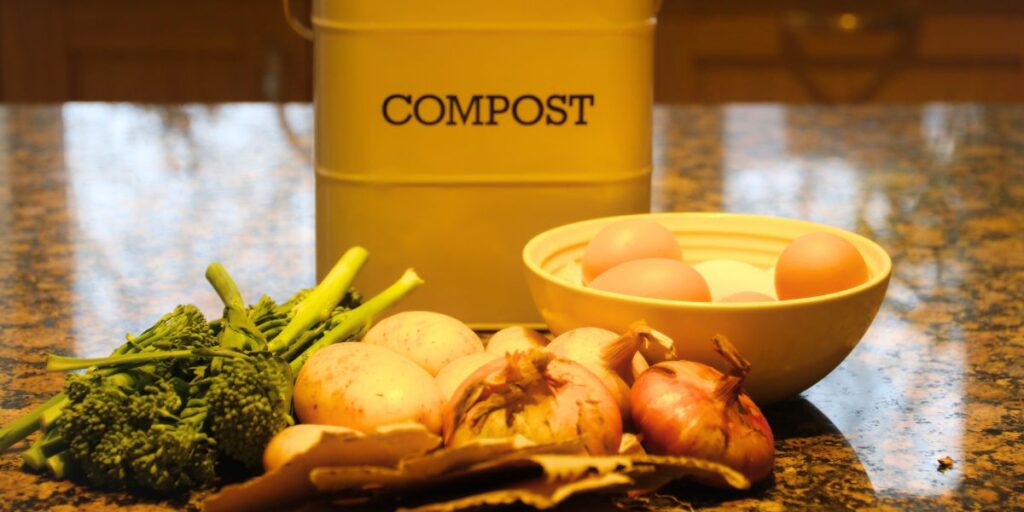
Are you sure you’re recycling everything you possibly can on your compost heap? After all, the more material you put in, the more black gold you’ll get out later! As a rule of thumb, everything that is – or once was – plant matter can be composted. But there are some surprising exceptions – both in terms of things you can add, and things you shouldn’t add. Here’s a comprehensive guide to what to put in your compost bin – and what to leave out.
- A quick introduction to filling your compost bin
- Green materials for your compost bin
- Brown materials for your compost bin
- Neutral compostables (neither green nor brown)
- Things you can compost, but in limited amounts
- Things you can compost with caution
- Never add these to your compost bin
What to put in your compost bin – a quick introduction
Inside a compost bin, billions of friendly microbes digest their way through dead organic matter, and leave compost behind them as a waste product. The most important ingredients for this process are carbon, oxygen, nitrogen and water. The microbes use the carbon and oxygen to make energy for their survival. They use the nitrogen for growth and reproduction, so that a small number of microbes transported into your bin can multiply and colonize the whole space. And they use water for growth, and to move around in.
Successful, efficient composting is all about adding ingredients to your compost bin that maintain just the right balance of carbon, nitrogen, oxygen and water. Pippa’s guide to taking your first steps in composting explains how to achieve that balance in more detail. But put as simply as possible:
- Carbon comes from brown materials. ‘Brown’ means carbon-rich for the purposes of composting, not necessarily brown in color!
- Brown materials also create air pockets in your bin, allowing oxygen to circulate. But you can mix the contents of your bin periodically too, to introduce more.
- Nitrogen comes from green materials. ‘Green’ in this context means rich in nitrogen, not necessarily green in color.
- Green materials usually also contain enough water for your compost bin as well, but you can add more with a watering can or hose if necessary.
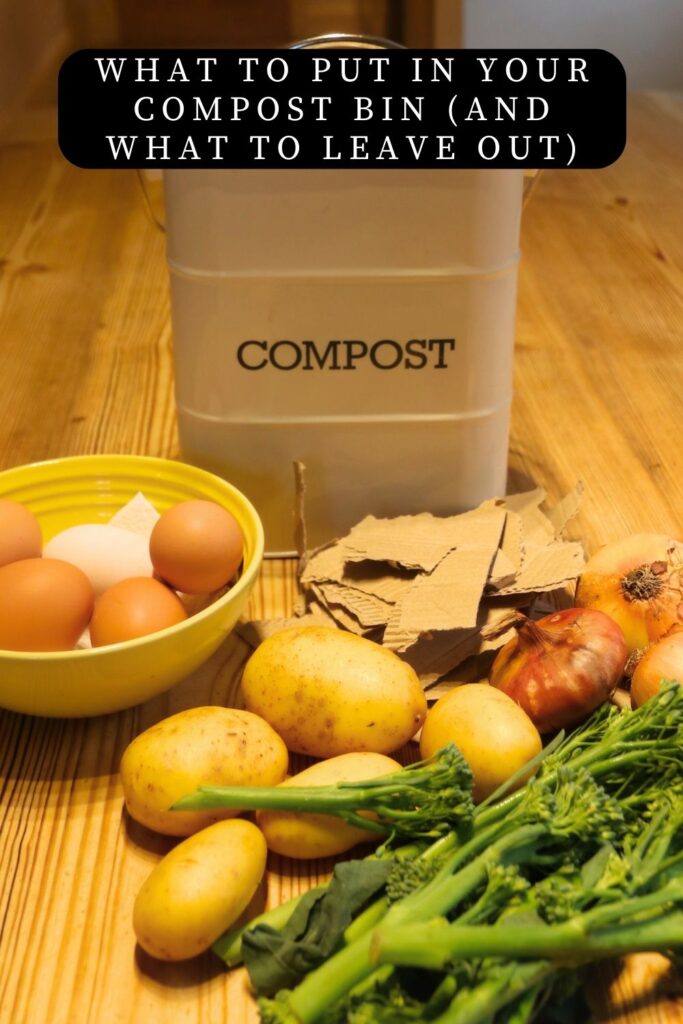
As a rule of thumb, adding equal volumes of brown and green materials in thin layers results in the right balance of carbon, nitrogen, oxygen and water in your bin. So now, let’s see exactly what greens and browns you can use!
Green materials for your compost bin
Add as many of these green materials to your compost bin as you can match with an equal quantity of browns.
- Grass. This includes the clipping from your lawn mower, and pruned material from ornamental grasses. Ornamental grasses sometimes break down slowly and they can get tangled in your fork when you turn your pile, so cut them into 2” – 4” long pieces first.
- Fruit and vegetable scraps. From apples to zucchini cooked or raw – if it comes from a plant you can eat, you can compost it!
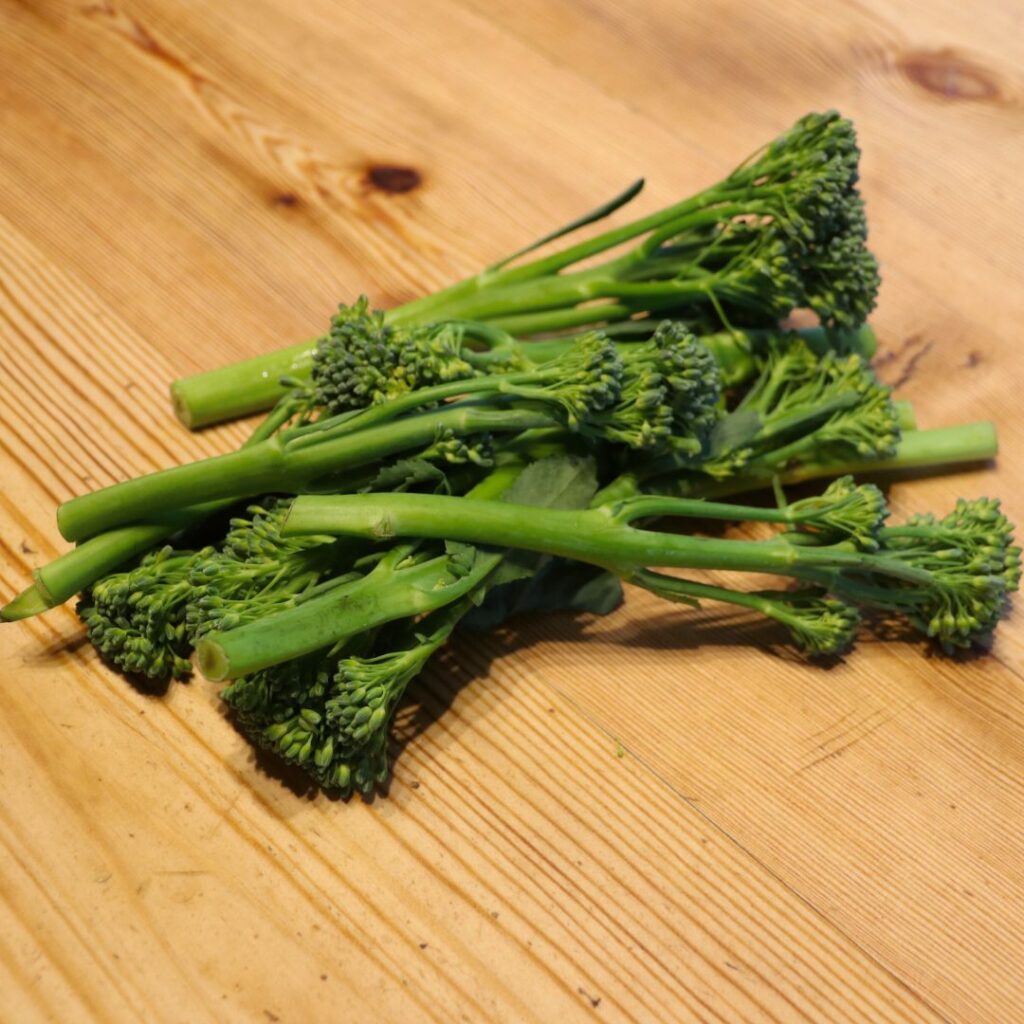
- Coffee grounds and teabags. Some tea bags contain plastic, so tear them open and tip out the contents if you’re not sure.
- Manure. Horses, cow, sheep, goat, rabbit, guinea pig, and chicken poop can all be added – basically if it came out of a herbivore, it can go into your compost bin.
- Pruned herbaceous material. Leaves and soft stems trimmed from trees and shrubs, spent annual bedding plants, deadheaded flowers and plant material from your vegetable bed are all nitrogen-rich and compostable.
- Cut flowers. Store-bought bunches of flowers can be composted when they start to wilt. Cut any woody stems into 1” fragments first.
- Seaweed. If you’re lucky to live near the beach, seaweed is a great addition to your compost. Besides being a rich source of nitrogen, it’s a valuable source of trace elements like iron, manganese, zinc, copper and boron. All of which support healthy plant growth. Check the local laws around collecting it before you arrive with a wheelbarrow though!
A quick note on citrus fruits
Some advice recommends leaving citrus fruit off your compost pile. In fact, citrus fruits are perfectly safe to compost, they’re also just very slow to break down. You can speed them away into oblivion by chopping them up into 1″ pieces before composting them.
Brown materials for your compost bin
Add as many of these brown materials to your compost bin as you can match with an equal quantity of greens.
- Dead leaves. If you rake up more than you can match with green material right now, save the rest in bags to use later – dead leaves will remain relatively unchanged for many months, if you don’t add water or a source of nitrogen.
- Animal bedding. Read more about composting wood chips and shavings here.
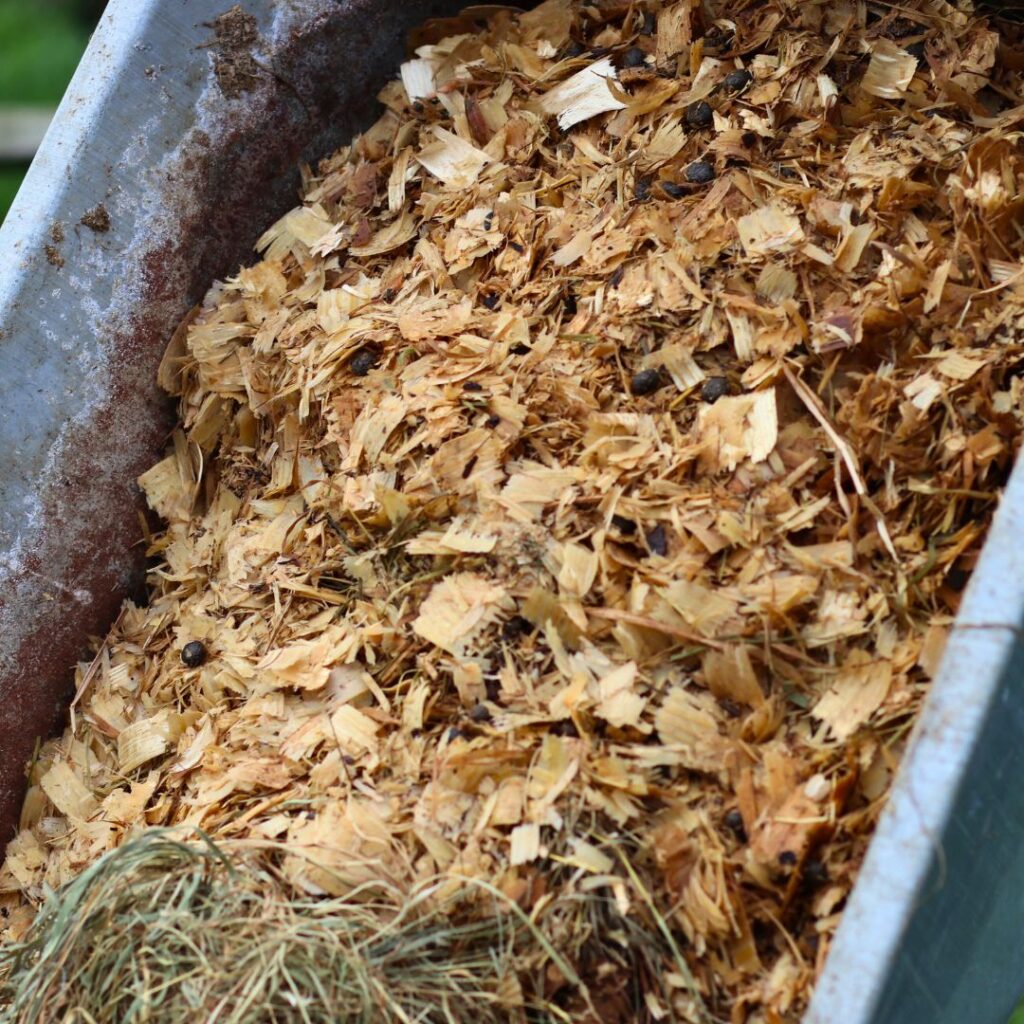
- Plain and untreated paper. Most paper from kitchen roll and napkins to notebooks, newspapers, and paper bags can be composted. Some types of paper shouldn’t be composted and we’ll get to them in a moment.
- Cardboard. Cardboard is fantastic for soaking up excess water in a soggy compost heap. Corrugated cardboard is especially good because its structure creates air pockets.
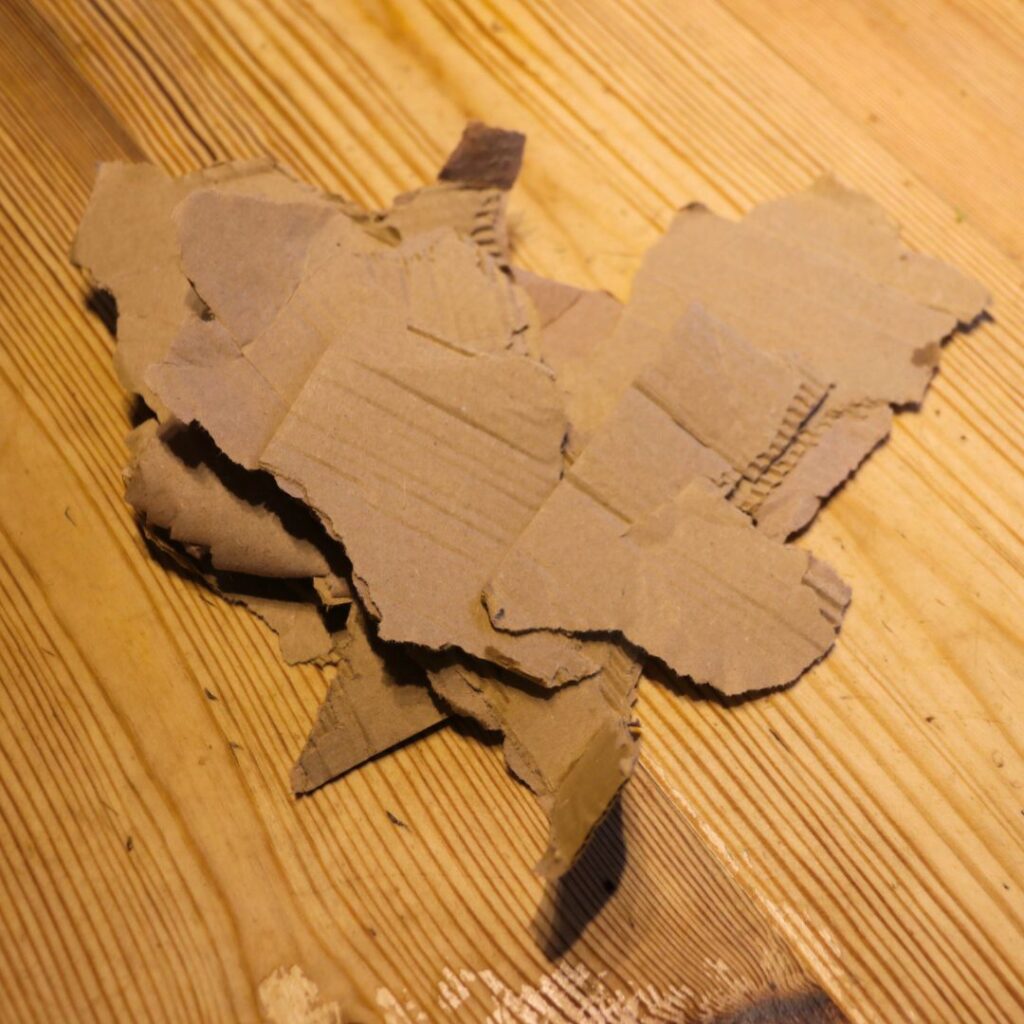
- Pine cones. They can be slow to break down, so you can keep fishing them out and adding them to the next pile, or leave them in and let them finish breaking down wherever you use your compost.
- Nut shells. Also slow to break down, but handy for creating air pockets and improving drainage.
- Corn cobs. Don’t just throw them away after you’ve enjoyed the kernels, recycle them on your compost heap!
- Dryer lint. Cotton dryer lint is readily compostable and a valuable source of carbon. NB. Lint from synthetic fibers like polyester and acrylic are not compostable.
- Straw. If you have a busy kitchen and a large lawn, it can be difficult to find enough brown materials to match the quantity of fruit and veg waste and grass clippings – especially in summer! Luckily, straw is cheap to buy from pet stores and farm supply stores.
Neutral compostables (neither green nor brown)
These three ingredients are neither green nor brown, but for different reasons.
- Egg shells. Egg shells don’t make a significant difference to the amount of carbon or nitrogen in a composter. But they are a useful source of calcium, potassium, phosphorus and magnesium, all of which plants need for healthy growth. They’re slow to break down, so some gardeners like to dry them out in a hot oven for 10 minutes (do it while dinner’s in there!) and crush them in a food processor or using a rolling pin. This also has the advantage of killing any dangerous bacteria in the egg.
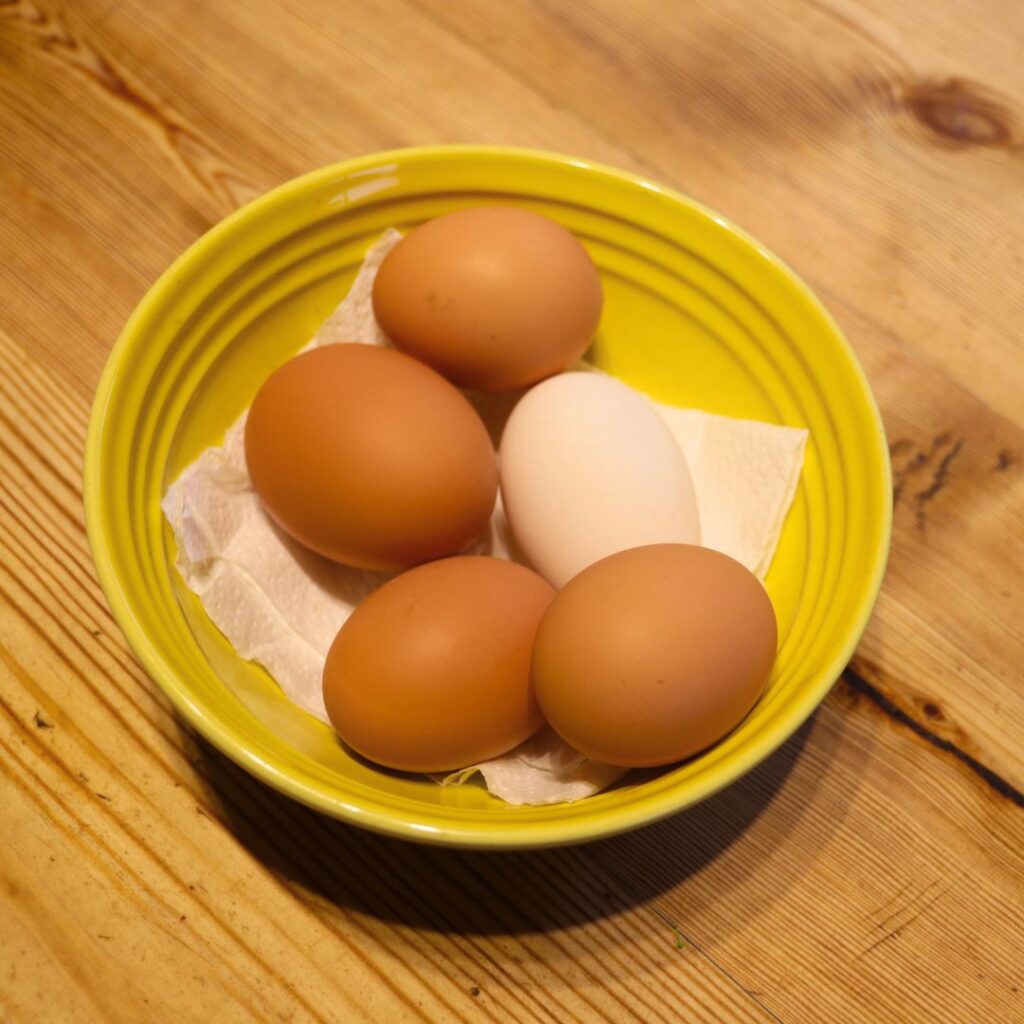
- Hay. Balancing green and brown materials is all about achieving the optimum ratio of carbon to nitrogen in a compost pile. Hay already contains the ideal ration of carbon to nitrogen, so in that respect it’s neither green nor brown. That said, it does form soggy, waterlogged mats when it gets wet, which is a very ‘green material’ thing to do. So use it in thin layers with lots of brown material to give your compost structure.
- Spent potting compost. Spent potting compost from growing container plants can’t be composted again as such, but adding it to a compost bin introduces helpful microbes and fungi which will aid the decomposition process. And it just makes more sense than throwing it away!
Things you can compost, but in limited amounts
These three categories of material can all be composted in moderation.
- Plain bread, pasta and rice. Starchy foods are an easy banquet for the good bacteria which break down a compost pile. So they’re extremely useful for driving up the temperature of a hot composting pile. But they can also attract pests like rats and mice, so only add as much as you can hide under a thick layer of other materials.
- Hair and fur. Human hair and animal fur can both be composted, but they’re slow to break down. This isn’t much of a problem with short strands, but long ones are unpleasant to get wrapped around your fork and hands when it’s time to use your compost!
- Wood ash. Ash from a wood burning stove is compostable but highly alkaline, so only add it to your compost pile occasionally. The Royal Horticultural Society recommends only adding more once you’ve added 6” of other material since last time.
Things you can compost with caution
These things can technically be composted in an efficient and well-tended hot composting bin. Hot composting reaches temperatures in excess of 140°F, which will kill most disease-causing bacteria, seeds from annual weeds, and root material from perennial weeds. Some gardeners use compost starters to make sure their compost bin gets hot enough to compost these materials, although it shouldn’t be strictly necessary. Other gardeners (including me) leave them out altogether, rather than put them in and worry about what could go wrong.
- Meat, fish, dairy and cooking oil. These attract pests like rats and raccoons to your compost pile. They also risk infecting the compost with dangerous bacteria like E. coli and salmonella, which will only be destroyed if your compost gets hot enough. But, they can be a valuable source of nitrogen. I’ve even read one book on composting in which which the author suggested burying roadkill in the center of a compost pile to provide a bumper source of nitrogen and drive the interior temperature up over winter. It’s a sound theory, but I’ll be the first to admit I’m too squeamish to try it out!
- Dog or cat poo. Dog and cat poop can be composted in an efficient hot compost system, but there is a risk of introducing dangerous bacteria to your compost if it doesn’t stay hot enough for long enough.
- Seed heads from annuals weeds. A hot compost pile will destroy most weed seeds, but if you add seed heads to a cold compost pile, they’re likely to start growing when you spread the compost about later.
- Perennial weeds. Root material from perennial weeds is destroyed in most hot compost systems, but really aggressive species like couch grass, bindweed and horseweed are best disposed of in your kerbside trash.
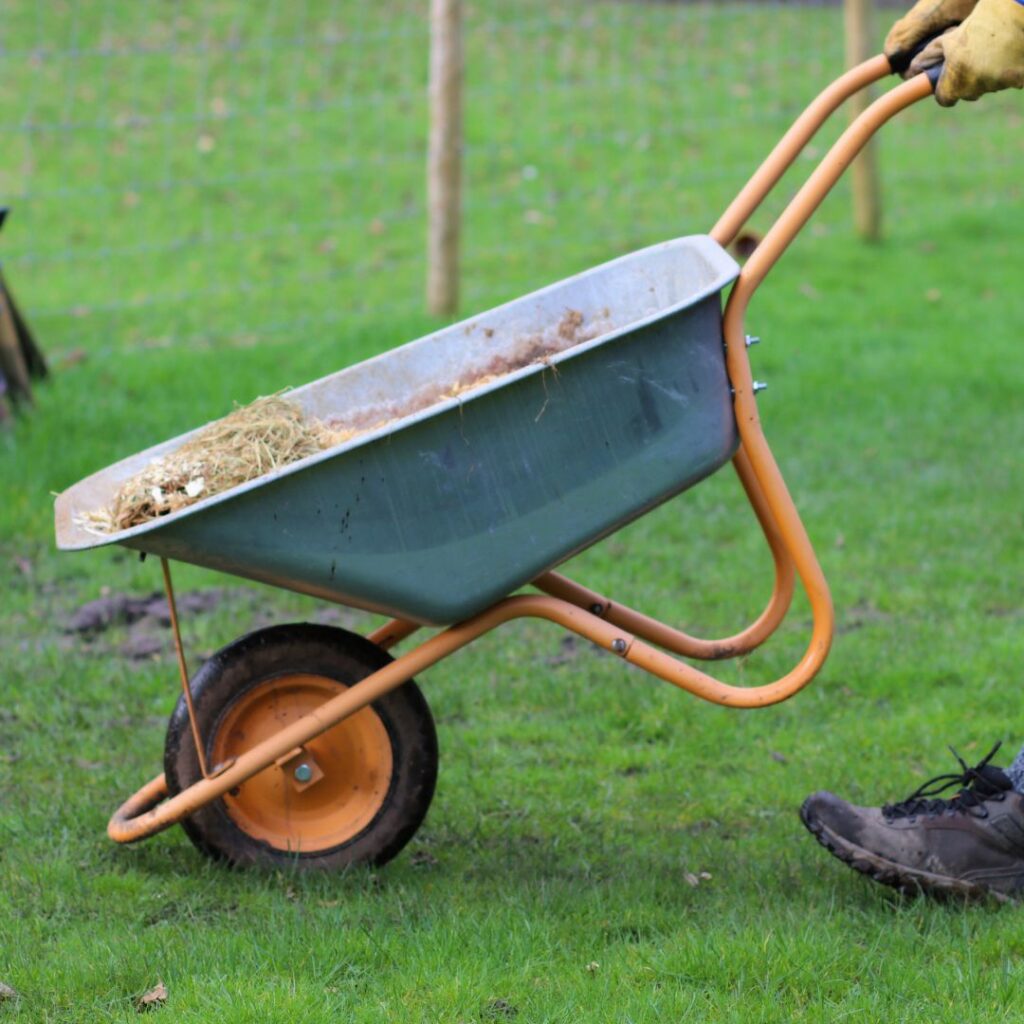
Never add these to your compost bin
These things will simply never turn into compost, so just don’t add them at all.
- Clay or silica cat litter. Only organic materials can be composted. Clay and silica are inorganic, meaning they won’t be changed by composting. Most cat litters are treated with chemicals that you don’t want in your compost too. Paper, corn, pine, and walnut shell litters can be composted, provided they haven’t been treated with chemicals and subject to the previous warning about contamination with poop.
- Coal ash. Coal ash contains heavy metals and other toxic compounds which are no good for your composting bacteria, your plants, or you.
- Glossy magazine pages. The inks used in magazines also contain heavy metals, which inhibit composting.
- Chemically treated wood. Wood treated with fungicides and preservatives can inhibit decomposition in your compost pile, and also result in compost which is still laced with chemical nasties and unsafe to handle.
- Diseased plant material. Put it in your kerbside waste instead.
- Anything that was never alive. Such as plastics, glass, or ceramics.
What to put in your compost bin – summary
When I first came to composting, I was staggered by how many materials there are that I didn’t realize can be composted. I also discovered that I had also made some careless mistakes already, when it came to adding weeds and diseased plant material to my early compost attempts. So I spent a lot of time double checking what could and could not be composted, until I found my feet. I hope having all that information in one place here will now help you out, until you’ve also memorized it!
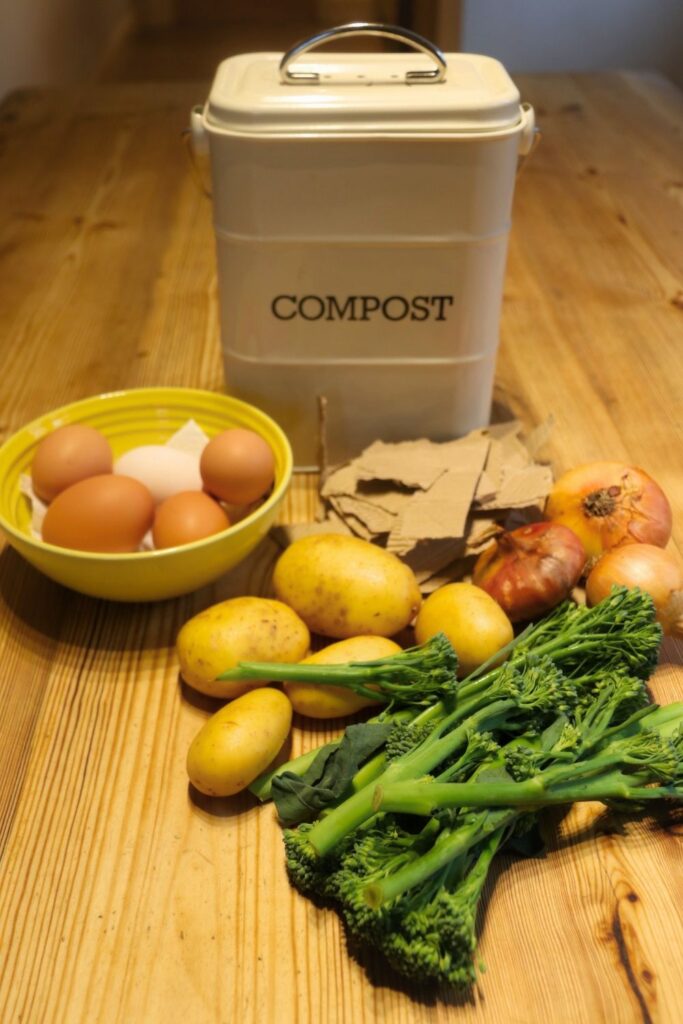

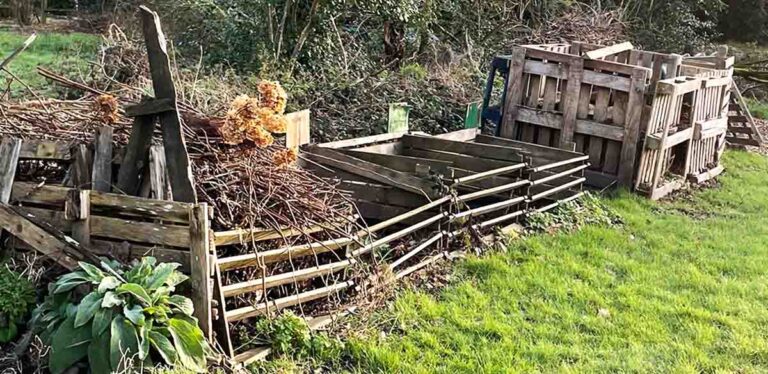
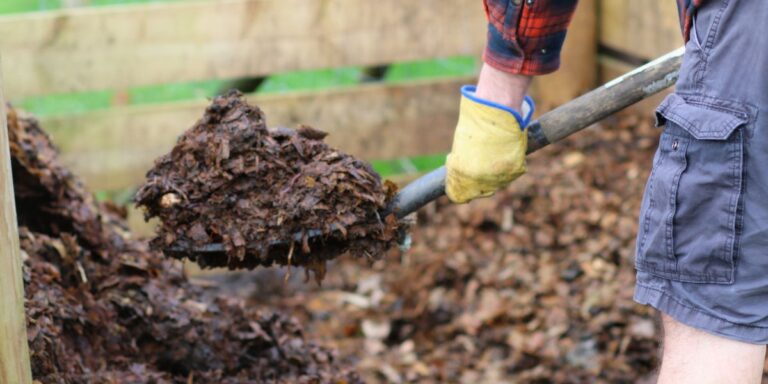
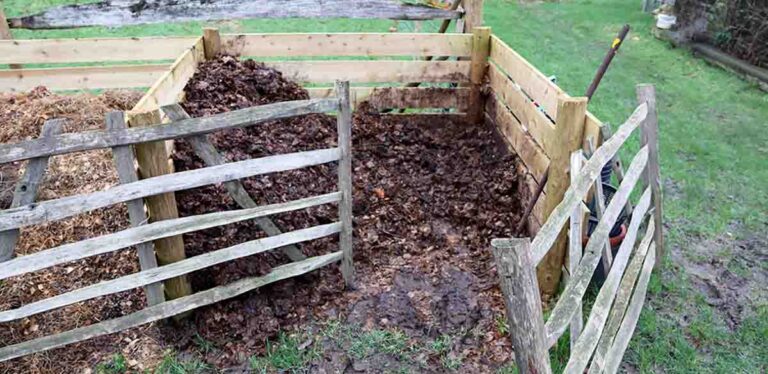
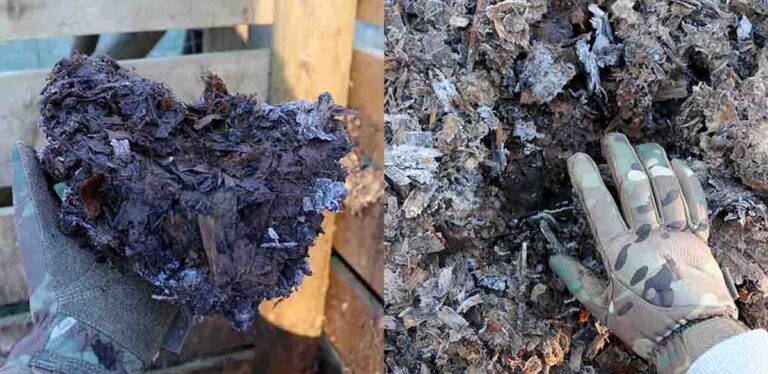
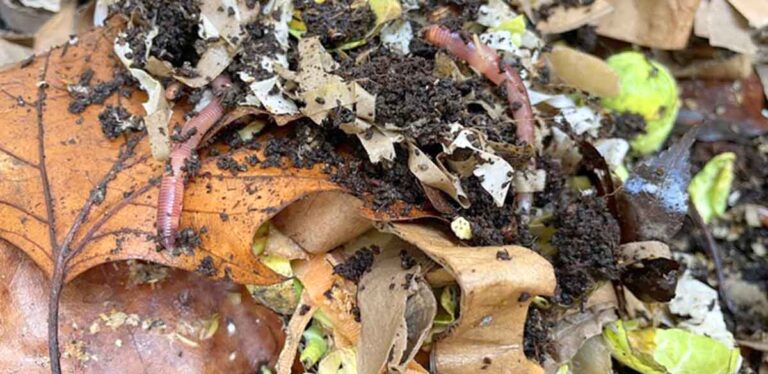
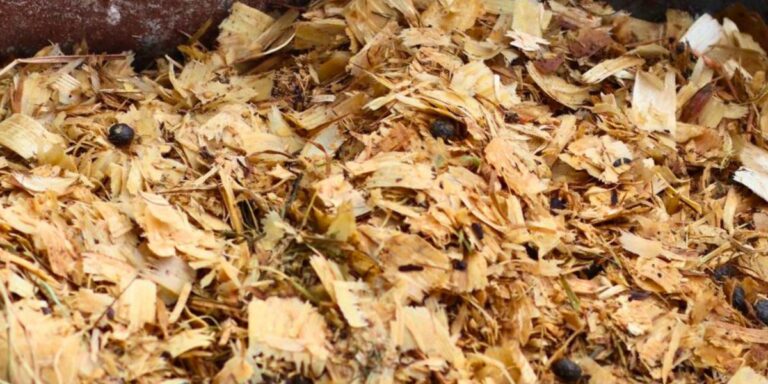
Can chicken/game hens bones be put in a counter top compost bucket?
Hi Richard,
Are you adding the contents of the bucket to an outside compost pile? Some people bury fish and/or animal carcasses in the center of their compost pile – they’re a rich source of nitrogen for firing up the interior of a pile that’s gone dormant. But, if the pile doesn’t get hot enough later, they can be a source of pathogens in your finished compost (and they might not break down entirely). Unless you bury them really deeply (and sometimes even then!) they can attract vermin to your pile too.
On the other hand, some sealed hot composting bins (like HotBins) are specifically designed to break down meat and bones as well.
I hope that helps,
Sarah @ Pumpkins and Petals